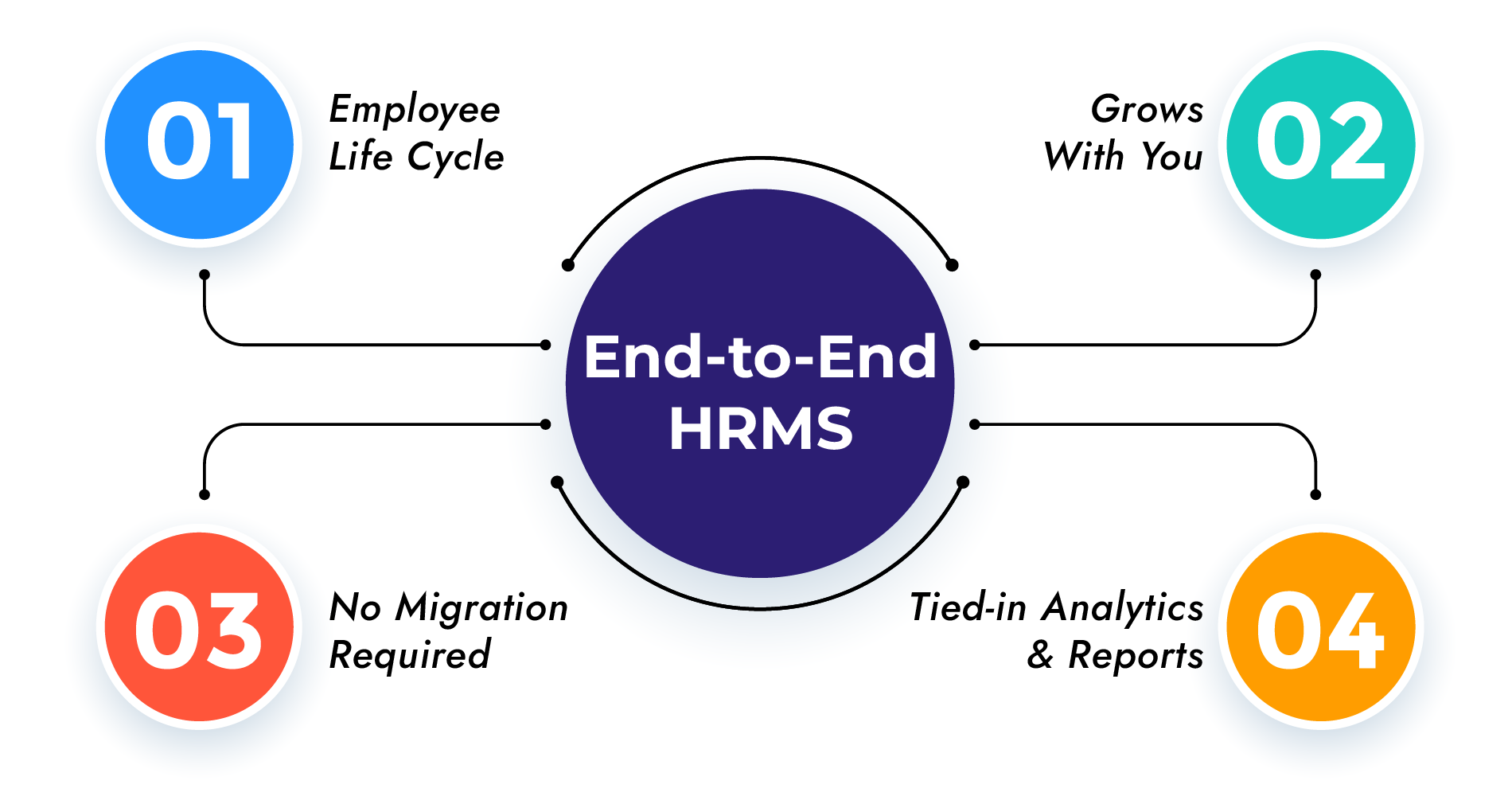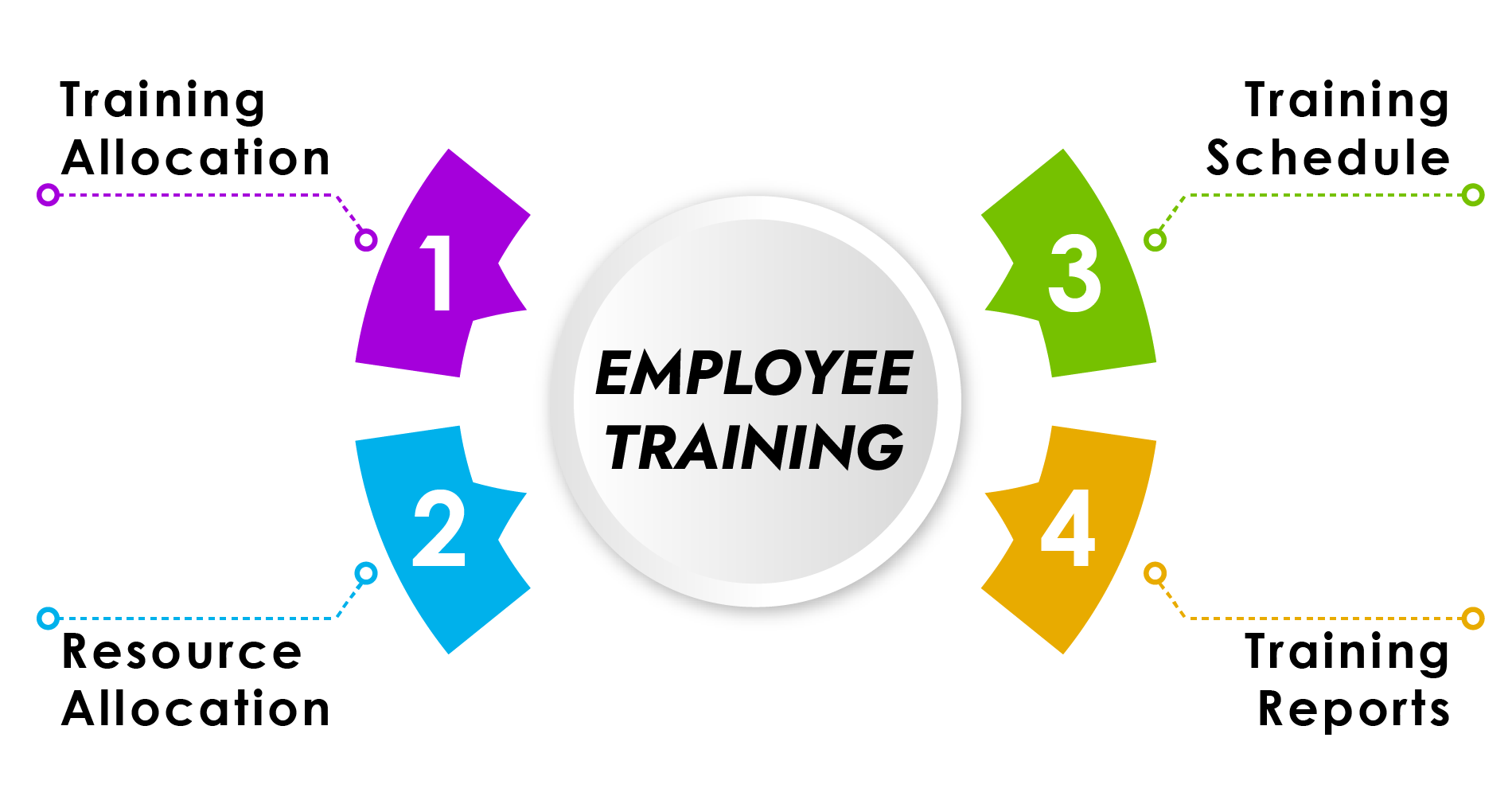Tracking your employees is sure hell of a task but there are many benefits that come with it! This blog goes over the benefits of performance appraisal and why is it necessary.
- What is performance appraisal?
A performance appraisal is a regular review of an employee’s job performance and contribution to a company. Companies use performance appraisals to determine which employees have contributed the most to the company’s growth, review progress, and reward high-achieving workers.
- Why is performance appraisal necessary?

– Employee Motivation
A constant review of your employees’ performance (and appreciation of course) is sure to provide a boost to your employees’ performance. A good performance appraisal system would allow you to track your employees’ progress. Which would enable you to provide training to employees who might need it and appraisal to well performing employees. Motivating employees is also necessary as it directly affects the output by the employee, be it the quality, quantity or the dexterity of the product/ service as the output. Keeping things short, one can say that employee motivation is directly variable with the output of the employee and hence the organisation as a whole.
– Employee Retention
Employee retention is defined as an organisation’s ability to prevent employee turnover, or the number of people who leave their job in a certain period, either voluntarily or involuntarily. Having a good employee retention rate adds up to the goodwill and trustworthiness of an organisation. Having a good employee retention rate also implies that the company has agood relationship with its employees. Implementation of a performance appraisal system lets the employer know the exact progress of employees. This enables them to establish a one to one relation with the employee increasing transparency and creating a strong bond between them, ultimately increasing the retention rate.

– Employee Efficacy
Here, employee efficacy refers to the quantity and quality of output given by the employee in a particular time period / pace of production. Having a performance appraisal system implemented creates transparency between employer and employee. This also creates a sense of urgency among the employees as they know that the employer can see the progress whenever they want. Employers can also track the quality of output produced. This ensures that the employee optimises the resources in such a way that maximum quantity and best quality can be achieved with minimum resources.
– Employee Relationship
Constant motivation, increased transparency, higher performance efficiency and regular appraisal and appreciation; these factors ensure that the organisation has a great relationship with its employees. Having a good relationship with employees also helps in maintaining the aforementioned factors in the long run. An organisation with a good relationship with its employees is the one which thrives in the long run.
In conclusion, having a performance management system implemented will ensure a boost in the following 4 areas-
– Employee Motivation
– Employee Retention
– Employee Efficacy
– Employee Relationship
Performance appraisal system is usually a part of a human resource management system which also offers features like payroll management, leave and attendance management, etc. If you are in search of an HRMS, you might want to read 5 necessary elements that you must look for in an HRMS.


















 \
\